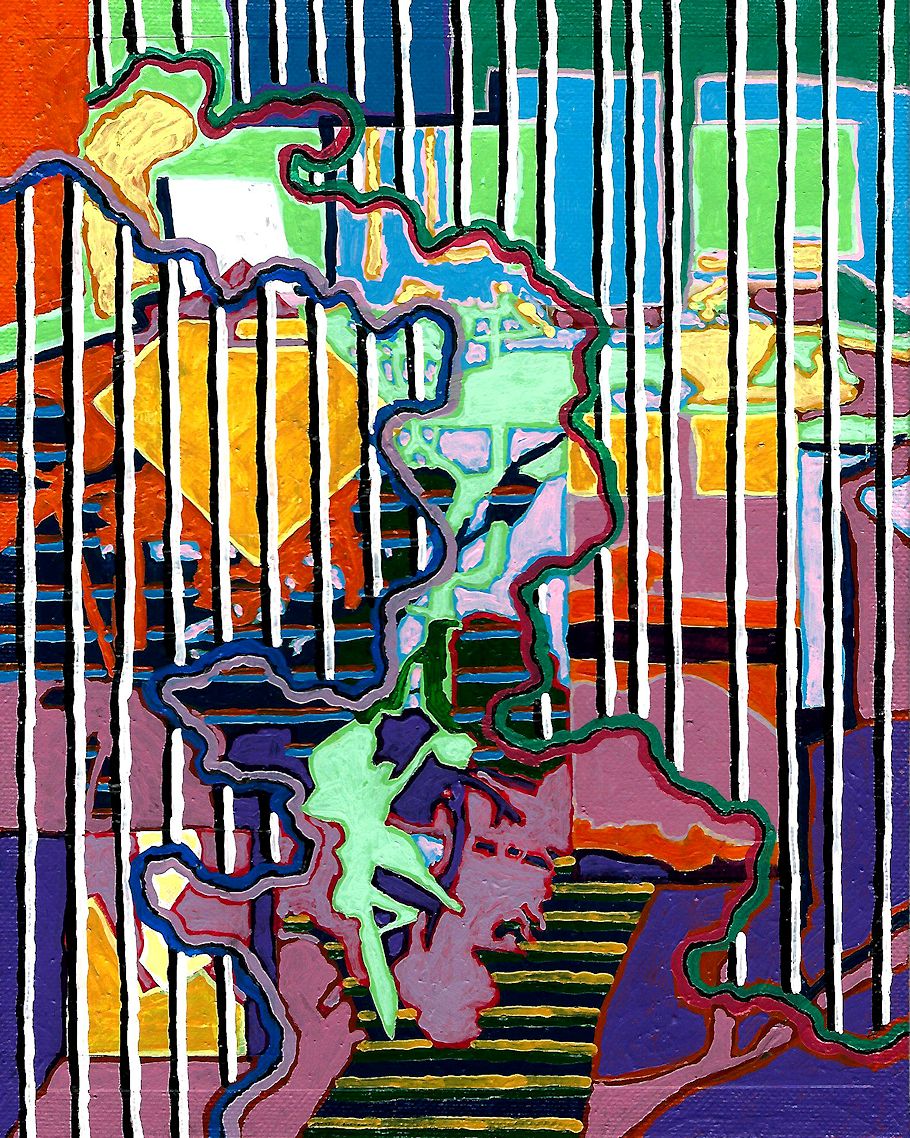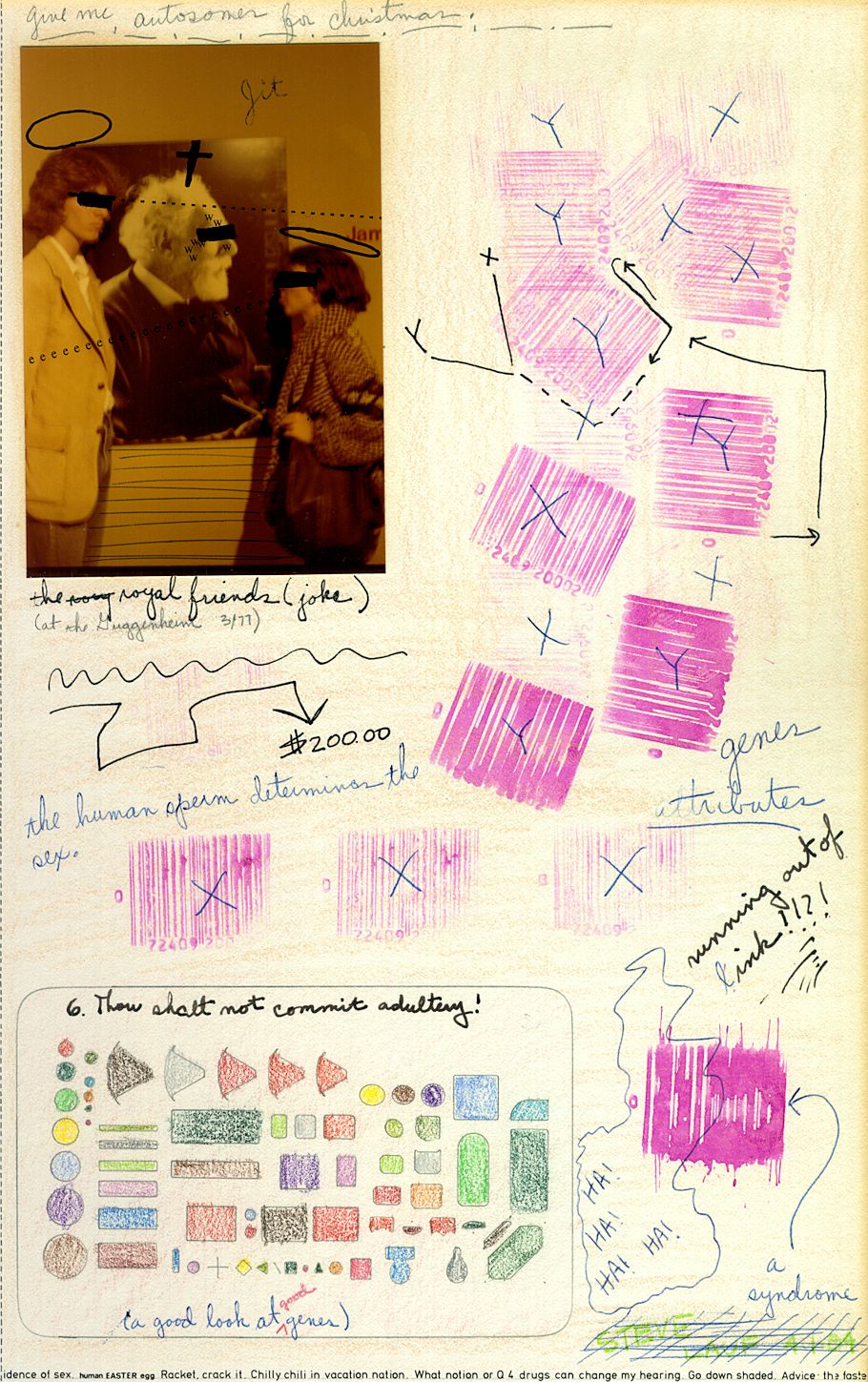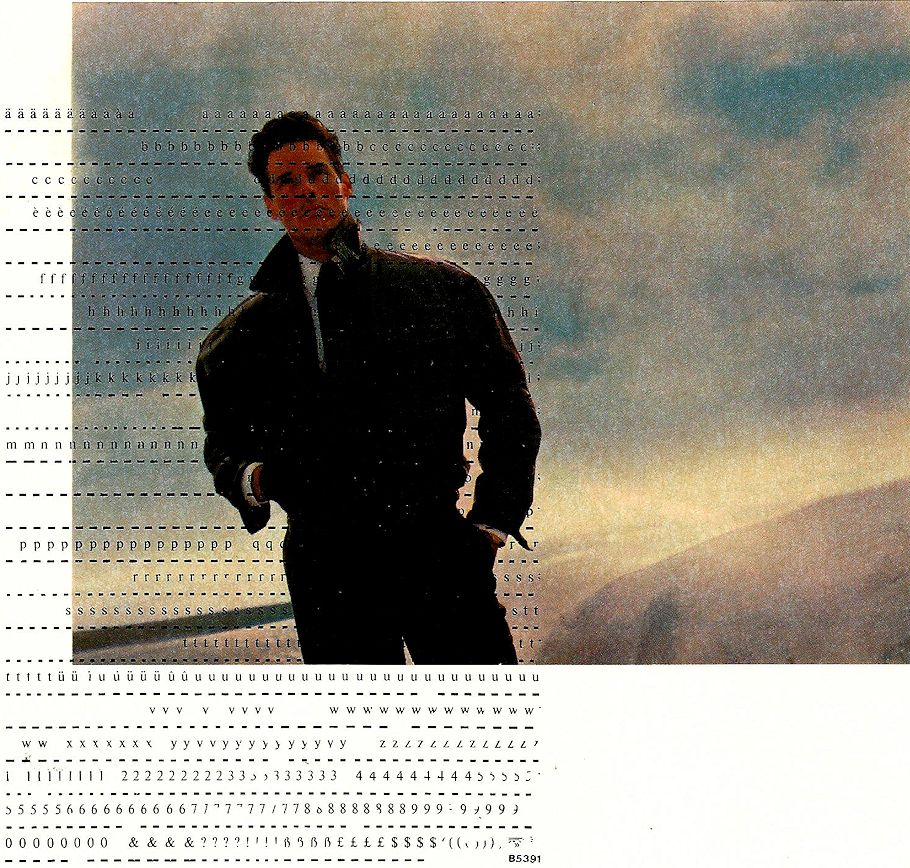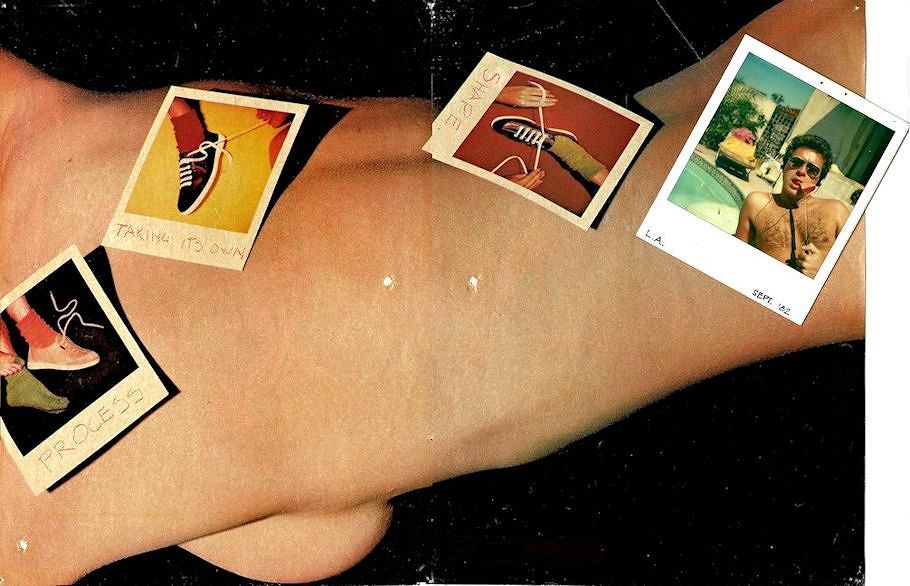
A's 58 001
2021.04.01
how should someone feel after visiting a museum?
If it's an exceptional avant-garde museum, then according to design appropriateness, and even according to 'sustainable design' standards, the visitor should feel sucked in, confused, inadequate and, of course, an aftershock of wanting more.
Remember that Information Society song that began with some guy saying "It is useless to resist us!"?
2005.04.01
Origin of Ignudi
In the lower right corner of The Marriage of Constantine and Fausta tapestry designed by Rubens (1623-25) at the Philadelphia Museum of Art, there is a semi-nude 'slave' holding back an entering bull by the horns. This figure is clearly a 'reenactment' of Michelangelo's ignudi figures found within the Sistine Chapel ceiling fresco (1508-12). Around the corner from where this tapestry hangs, hangs the nude portrait of Cosimo I de' Medici as Orpheus (1537-40). The label of this painting explains how the pose of Cosimo here is inspired by [and reenactment of] the Torso Belevedere. The pose of the slave within The Marriage of Constantine and Fausta and the pose of Cosimo as Orpheus are virtually identical.
From a web search of 'torso belvedere':
The Belvedere Torso was named after the Cortile del Belvedere in the Vatican where the sculpture was first installed by Pope Clement VII (1523-1534 A.D.) and was one of the few ancient statues discovered during the Renaissance. The artist Michelangelo reputedly referred to the torso as his "teacher."
From another web search of 'torso belvedere':
The Torso Belvedere, the famous torso of Hercules, in the Vatican, was discovered in the fifteenth century. It is said that Michael Angelo greatly admired it.
2004.04.01

detail of
2 = odd, Dick
1984.04.01

3. Schematics

8. History . . . the final product
from
Exhibit One
1983.04.01
|